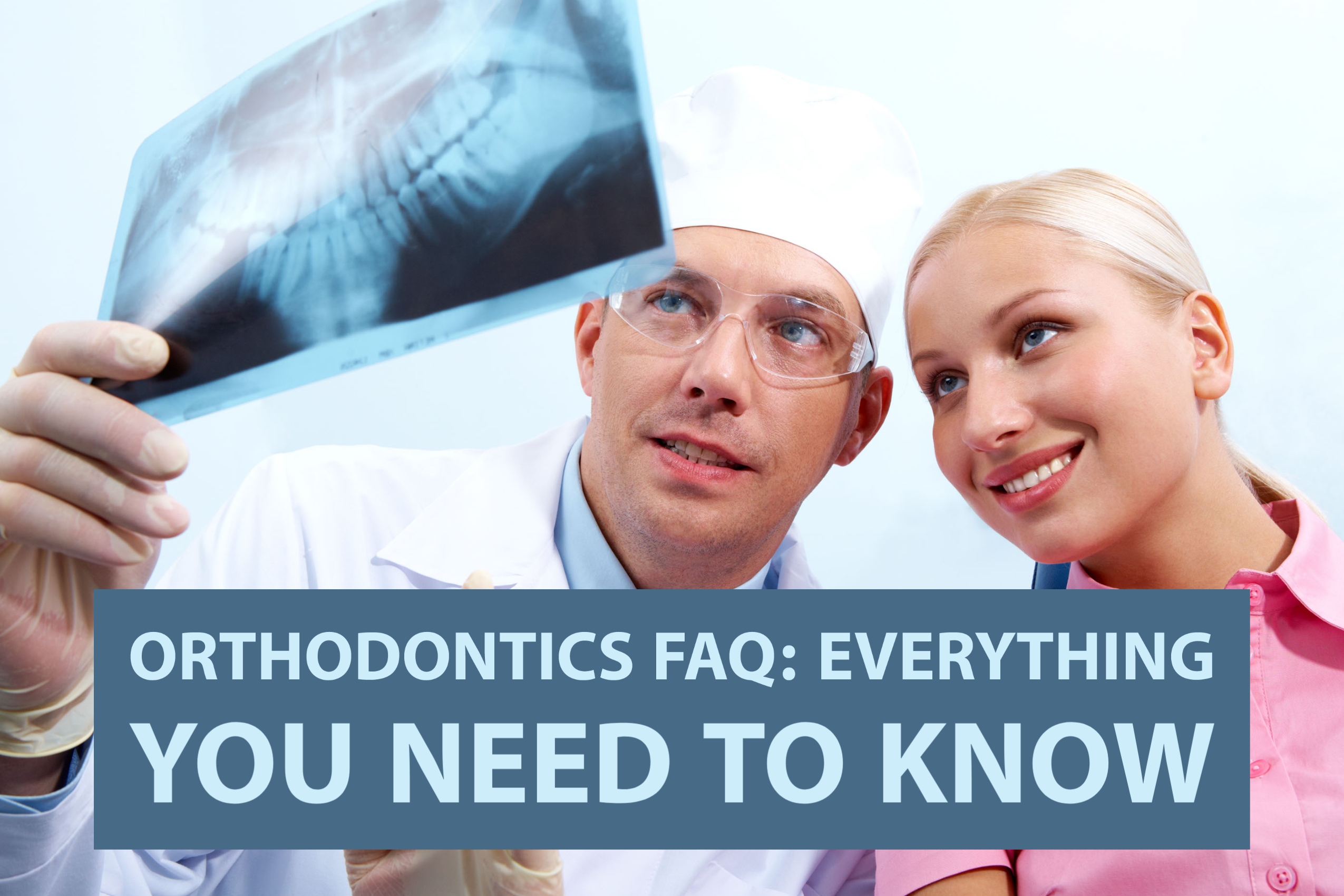The Ultimate Guide To Legacy Orthodontics
Table of ContentsIndicators on Legacy Orthodontics You Should KnowLegacy Orthodontics for DummiesThe Buzz on Legacy OrthodonticsThe Facts About Legacy Orthodontics RevealedThe smart Trick of Legacy Orthodontics That Nobody is Talking About
In enhancement, we use flexible therapy schedules, versatile payment choices and an enjoyable, pleasurable experience.An orthodontist is a dental professional trained to identify, stop, and treat teeth and jaw abnormalities. They remedy existing problems and are trained to identify problems that might develop in the future. Orthodontists function with individuals of any ages, from kids to adults. Individuals typically associate an excellent smile with good wellness.
Malocclusion, or misaligned teeth, can result in oral problems, consisting of dental cavity, gum tissue illness, and tough or painful chewing. Not everyone is born with straight teeth. If you have a bad bite or large areas in between your teeth, you might want to seek advice from a dental expert specializing in orthodontic care.
Little Known Facts About Legacy Orthodontics.
( Picture Credit: DigitalVision/Getty Images) Orthodontists utilize repaired and detachable oral devices, like braces, retainers, and bands, to alter the placement of teeth in your mouth. Orthodontic treatment is for dental abnormalities, consisting of: Jagged teethBite troubles, like an overbite or an underbiteCrowded teeth or teeth that are too far apartJaw misalignmentThe objective of orthodontic therapy is to improve your bite.
A healthy bite guarantees you can eat, eat, and talk correctly. While you might consider orthodontists as generally for youngsters or young adults who need braces, they can remedy oral problems at any age. Orthodontists attend college, dental college, and orthodontic institution. After college graduation, they invest 2 or 3 years in an orthodontic residency program.
All orthodontists are dental professionals, however not all dentists are orthodontists. Orthodontic residency programs provide intensive, focused instruction for dental experts. They concentrate on two areas: Exactly how to appropriately and safely relocate teeth Just how to properly guide development in the teeth, jaw, and faceOnce an orthodontist has finished training, they have the option to become board certified.
Legacy Orthodontics for Dummies
Malocclusion leads to tooth overcrowding, a twisted jaw, or irregular bite patterns. Malocclusion is typically treated with: Your orthodontist affixes metal, ceramic, or plastic square bonds to your teeth.
If you have just minor malocclusion, you might be able to utilize clear braces, called aligners, rather than standard dental braces (https://legacyortho.godaddysites.com/f/your-path-to-a-perfect-smile-finding-the-right-leesburg-orthodo). Some individuals need a headgear to help relocate teeth right into line with pressure from outside the mouth. After dental braces or aligners, you'll require to use a retainer. A retainer is a custom tool that maintains your teeth in position.
They're usually used on youngsters. They can develop additional area in the mouth without needing to pull teeth. If you have a serious underbite or overbite, you may require orthognathic surgical procedure (additionally called orthodontic surgical procedure) to extend or reduce your jaw. Orthodontists make use of cables, medical screws, or plates to sustain your jaw bone.
You may need to see an orthodontist if you have: Crowding or not adequate room for all of your teethOverbite, when your upper teeth come your base teethUnderbite, when your bottom teeth are too far forwardSpacing or problems with gapsCrossbite, which is when your upper teeth fit behind your bottom teeth when your mouth is closedOpen bite or an upright void in between your front base and upper teethMisplaced midline, when the facility of your base and upper teeth don't line up Fixing an oral malocclusion can: Make attacking, chewing, and talking easierImprove the balance of our face and your general appearanceEase discomfort from temporomandibular joint problemsSeparate your teeth and make them simpler to clean up, aiding prevent tooth decay or cavities It's commonly a dentist who initially notices misaligned teeth during a routine examination.
Fascination About Legacy Orthodontics

During your first orthodontic examination, you'll likely have: A dental examPhotos taken of your face and smileDental X-raysPanoramic (360 degree) X-rays of your face and headImpressions to produce mold and mildews of your teethThese examinations will certainly aid your orthodontist recognize just how to wage your treatment. braces. An orthodontist is a dental professional that's had training to treat your teeth and jaw
Orthodontists might perform surgery, exams,X-rays,and even more to help you attain an extra comfy, healthier smile. An orthodontist is concentrated on your bite, so something like a chipped tooth would be handled by a dental expert. Orthodontists are dental professionals but not all dentists are orthodontists. Orthodontists are concentrated on your bite, or the way your teeth fit together, and the straightness of your teeth.
Ever wondered how stars always seem to have flawlessly lined up teeth? The answer usually hinges on the experienced hands of an orthodontist. However just what does an orthodontist do? Orthodontists are oral experts that concentrate on remedying irregularities in the teeth and jaws. Their proficiency surpasses just developing a lovely smile; it reaches boosting your general dental wellness and feature.
Rumored Buzz on Legacy Orthodontics

While braces are the most typically recognized orthodontic treatment, orthodontists have a diverse toolkit at their disposal. The certain strategy picked depends on the intensity of the situation, the person's age, and specific choices. These reliable braces use a system of braces bonded to the teeth and connected by wires.
These detachable trays are tailor-made to gradually move the teeth's placement. In cases of narrow jaws, palatal expanders can be used to develop space for appropriate tooth alignment.